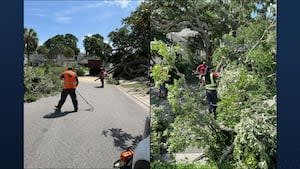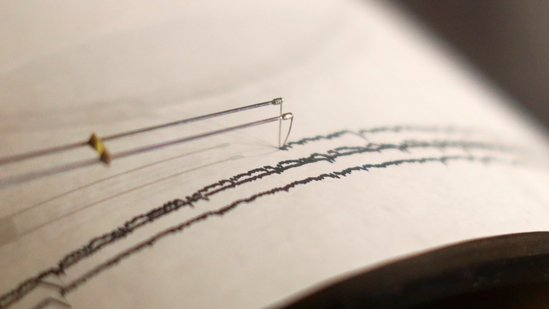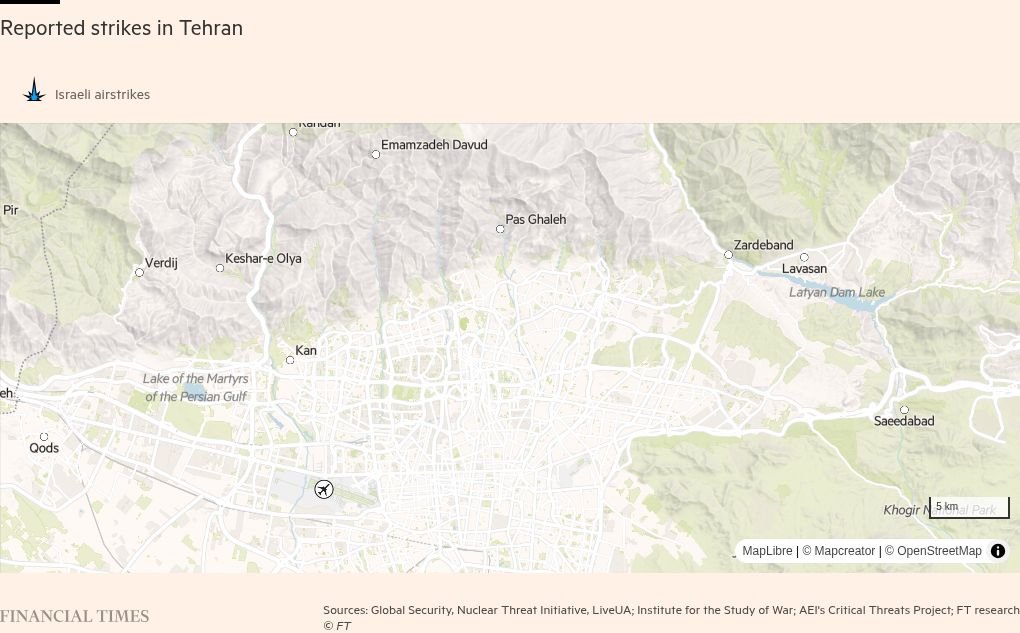The Environmental Agency is stepping up its operational resposnse to make sure the local water company is implementing its drought plans

After the driest spring in 132 years, Yorkshire has become the second region across the United Kingdom to be declared has having “drought status.”
The change in status for the region was announced today, June 12, by the Enviromental Agency after the region witnessed a fall in its river flows and groundwater levels because of the dry March, April and May. The agency has said though there was some rainfall in June, it has not be able to reverse the impact of a dry spring.
Claire Barrow, Yorkshire environment, planning and engagement manager, said: “Our climate is changing, and we had 22 days of almost no recorded rainfall in May.
“While we have had some rain at the start of June, it has not been enough to reverse the impacts of the prolonged dry weather.” For our free daily briefing on the biggest issues facing the nation, sign up to the Wales Matters newsletter here
The agency is working with Yorkshire water to ensure that the water company is implementing its drought plans.
“We are working with to make sure they enact their drought plans,” said Ms Barrow. “We also encourage people to be aware of the environmental impacts of droughts as we enter the summer period and note the small steps we can all take to save water.”
This announcement prompts the authority to increase its operational response in Yorkshire, ensuring that water companies implement the actions outlined in their drought plans.
These measures consists of hastening the repair of leaks and talking to customers about how they can reduce demand and preserve supplies.
Meanwhile, the National Drought Group will continue to convene regularly throughout the summer, receiving updates on the situation.
Water Minister Emma Hardy has said that she wants to Hold Yorkshire Water to account.
“I am receiving regular updates from the Environment Agency,” said the minister. “I’m doing everything in my power to hold Yorkshire Water to account to ensure we have the regular supply of water that is needed across the region.
“The government is taking decisive action to secure our water supply for the decades to come.
“That’s why we are building nine new reservoirs and upgrading pipes to cut leakage by 17%.”
Yorkshire is the second region to have been given the drought status, after the north-west of England which attained the status on May 21.
Though recent showers in the the area have “helped stabilise the situation” and increase reservoir levels according to the regulator, the area still remains in drought.
This the driest spring that England has experienced in over a century, with the last time being in the year 1893. In May, Yorkshire received only 66% of its long-term average.
Through out England, the nation has only seen 57% of its long-term average rainfall for last month.
Additionally, three more areas are experiencing prolonged dry weather – these include the north-east, east and west midlands.
Dry spells and low river levels can have numerous effects on the environment and wildlife, according to the environment agency.
Low oxygen levels in water can result in fish deaths, increased algal blooms and reduced river flows can hinder wildlife movement up or downstream.
The regulator has relocated over 500 native, white-clawed crayfish to safer locations due to concerns about water flow in their area.
Hot and dry conditions can lead to an increase in wildfires, causing severe damage to vulnerable heathland and moorland areas.
Yorkshire has witnessed several wildfires on the Pennine moorland, including large fires at Marsden Moor, Wessenden, and Rishworth Moor.
Drought can also cause crop failure, while low water levels can make navigation difficult on canals and some rivers.
A number of closures and restrictions have been implemented across the Canal & River Trust network, primarily on the Leeds & Liverpool Canal, in an effort to conserve water.
There are straightforward measures that individuals can take to help save water, such as reducing shower time, using kitchen water for plants, and repairing dripping toilets. You can read more about them by clicking here.







